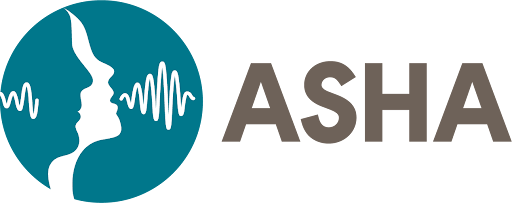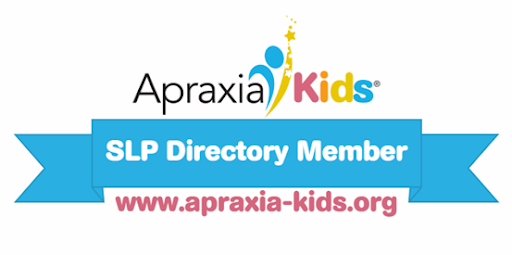I am a second grade teacher at a local elementary school. I've had a couple kids in my classroom with IEPs and 504 plans. I'm having particular difficulty with my students with language disorders. Are there some recommendations you can give me to help support these students so they can reach their full academic potential?
Sincerely,
Tricks for the Teacher
Dear Tricks for the Teacher,
Thank you so much for reaching out. It really shows you are putting your student's well-being first and foremost – I'd be happy to share a few ideas for supporting a child with a language impairment in the classroom. There are several areas to consider when providing recommendations. First, consider the context of the student's learning. Providing highly structured settings to introduce new material and relate it to real-life learning as often as possible. If possible, control the setting to limit sensory input and distractions as much as possible to encourage attention. Seat students with language disorders close to the teacher and away from distracting noises. If possible, keep these highly structured systems in place across all learning environments (e.g., classrooms, other subjects, other staff members, at home). Next, consider how to adjust your teaching strategy. Provide cues to aid the child's attention when providing new material. Make sure to establish eye contact and, when possible, speak at the child's eye level. Using verbal cues to refocus a child's attention is helpful when presenting important information. Another recommendation for presenting information is to provide a copy of the notes in advance. This allows the child to prepare themselves for learning the information as well as allowing for the student to focus on you speaking, rather than attempting to attend to and understand you while trying to take notes at the same time. It can be very overwhelming, particularly when literacy is often an area of difficulty for these children. Having a peer partner to double check information with can also help. Another useful strategy can be to include multi-sensory models of teaching: auditory, visual, kinesthetic. Provide the information in as many contexts as possible to encourage as many pathways to encode that information as necessary. Reinforce all the students' attempts to participate and model appropriate language in your responses. Next, consider your transitions within the classroom. Children with language disorders often require additional time to complete academic activities. It can be frustrating for them if they are frequently unable to finish activities in the time allotted. They are aware that their peers have free time more often due to quicker completion of activities. Having tiers within an activity allows for kids to participate to their level of ability while providing a community project. Abrupt transitions can also be challenging for some children with language disorders. Prepare students as best as possible by explaining the steps and giving adequate “count downs” when switching activities. Keep in mind that each child might require different strategies to be successful. Good luck!
Resources
Cincinnati Children’s Hospital Medical Center Language. 2012. Health Topics. Language/auditory processing disorder. http://www.cincinnatichildrens.org/health/a/auditory-processing/
Hollo, A. (2012). Language and behavior disorders in school-age children: Comorbidity and communication in the classroom. Perspectives on School Based Issues, 13(4), p. 111-119.
Get a Free Online Assessment
Looking for an expert opinion on your child's needs? Fill out a 3 minute questionnaire and receive a personal evaluation from our staff
By submitting this form, you are consenting to receive marketing emails from: . You can revoke your consent to receive emails at any time by using the SafeUnsubscribe® link, found at the bottom of every email. Emails are serviced by Constant Contact


